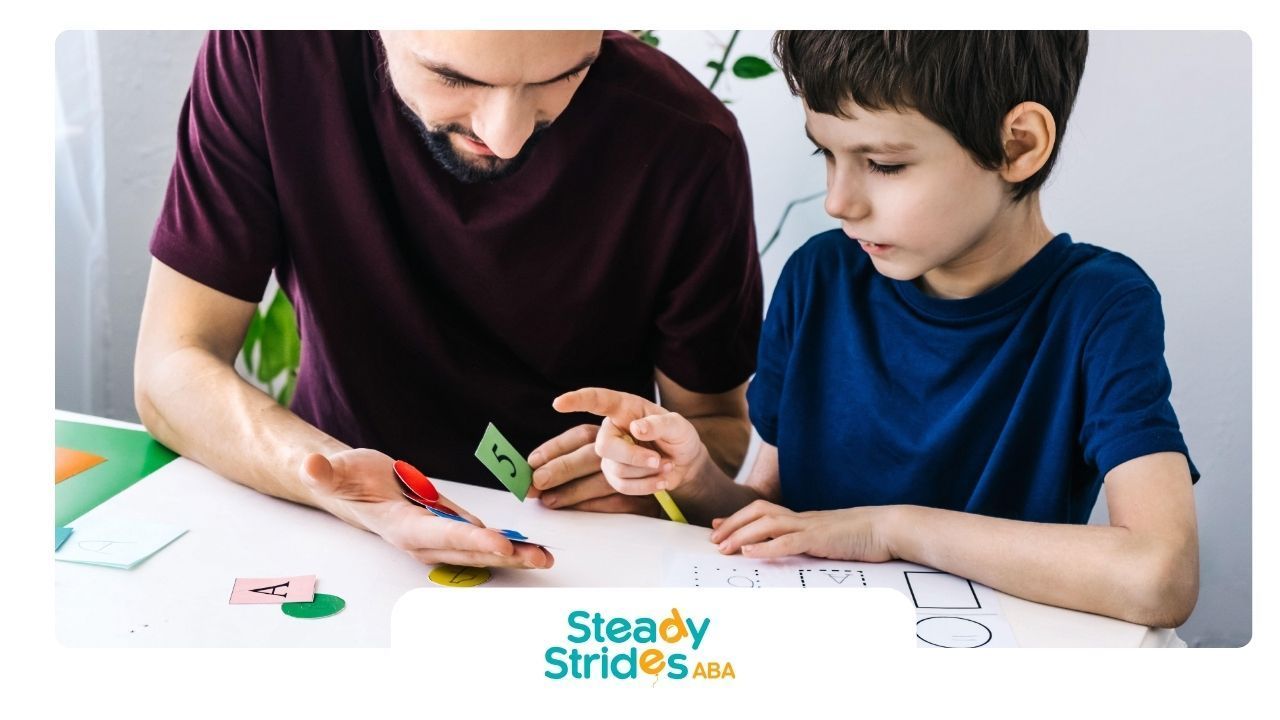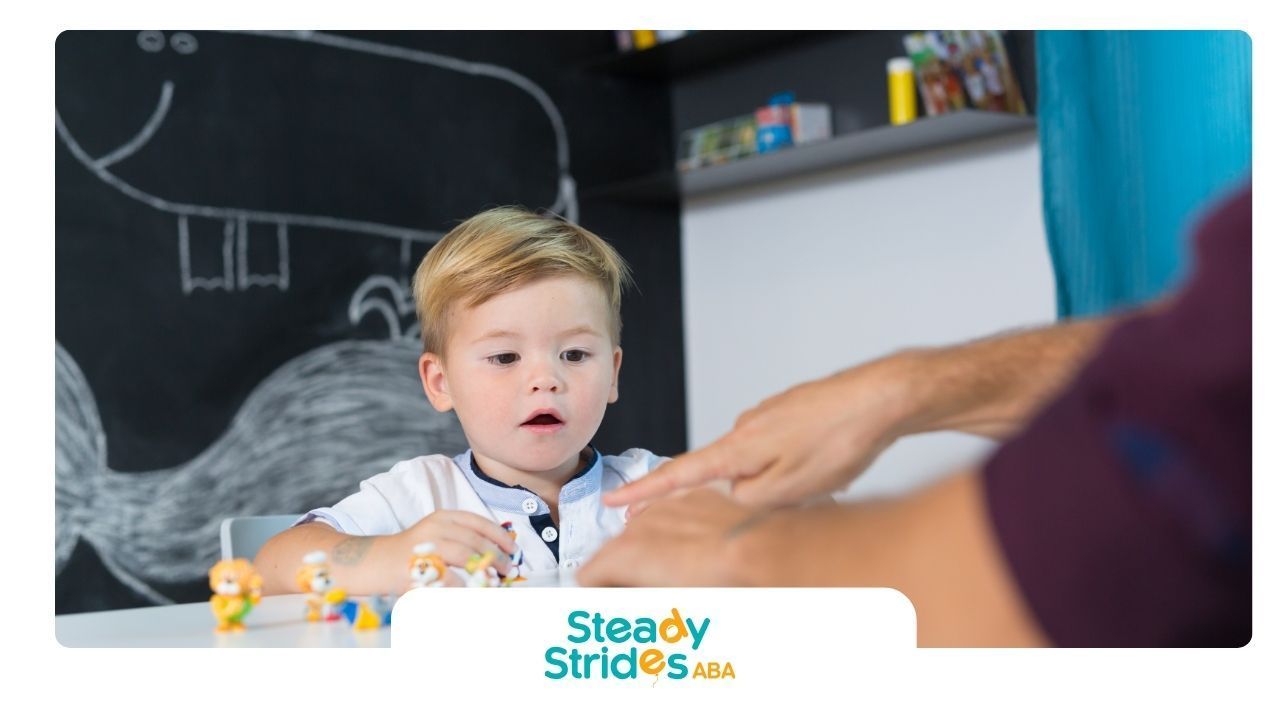Applied Behavior Analysis (ABA) therapy is a highly effective intervention for individuals with autism spectrum disorder (ASD), focusing on improving social skills, communication, and behavior. While ABA therapy is often conducted in clinical settings, many families opt for home-based therapy for its convenience and flexibility. However, scheduling home-based ABA therapy sessions can present unique challenges. In this article, we'll explore practical strategies for creating a structured and effective schedule for your child's home-based ABA therapy.
12 Home-Based ABA Therapy Scheduling Strategies
1. Establish Clear Goals and Objectives
Before creating a therapy schedule, it's essential to establish clear goals and objectives for your child's ABA therapy program. Work closely with your child's behavior analyst or therapist to identify specific target behaviors and skills to address during therapy sessions. These goals will serve as the foundation for designing a tailored therapy schedule that aligns with your child's needs and priorities.
2. Create a Consistent Routine
Consistency is key when it comes to ABA therapy. Establishing a consistent daily routine for therapy sessions can help your child feel more comfortable and engaged during sessions. Set designated times for therapy sessions each day, taking into account your child's natural rhythms and preferences. Consistency in scheduling also allows other family members and caregivers to plan their activities around therapy sessions, minimizing disruptions and ensuring continuity of care.
3. Break Down Sessions into Manageable Segments
Home-based ABA therapy sessions can vary in length and intensity depending on your child's needs and treatment plan. To prevent overwhelm and maximize engagement, consider breaking down therapy sessions into manageable segments or activities. For example, divide longer sessions into shorter, focused segments with built-in breaks for rest and relaxation. Incorporate a mix of structured learning activities, play-based interventions, and reinforcement strategies to keep sessions dynamic and engaging.
4. Utilize Visual Schedules and Timers
Visual schedules and timers are valuable tools for promoting independence and self-regulation during ABA therapy sessions. Create visual schedules that outline the sequence of activities and transitions during therapy sessions, using pictures, icons, or written words to represent each task. Display the schedule in a prominent location where your child can easily reference it throughout the session. Additionally, use timers or countdown apps to help your child understand the passage of time and transition between activities smoothly.
5. Incorporate Naturalistic Learning Opportunities
Home-based ABA therapy provides a unique opportunity to incorporate naturalistic learning opportunities into your child's daily routine. Look for teachable moments and opportunities for skill-building in real-life settings, such as mealtime, playtime, or community outings. Embed therapy goals into everyday activities and routines, making learning fun, meaningful, and relevant to your child's interests and environment.
6. Flexibility and Adaptability
While consistency is important, it's also essential to be flexible and adaptable when scheduling home-based ABA therapy sessions. Recognize that unexpected events or changes in your child's needs may necessitate adjustments to the therapy schedule. Maintain open communication with your child's behavior analyst or therapist, discussing any concerns or challenges that arise and collaborating on solutions to ensure the success of therapy sessions.
7. Involve Family Members and Caregivers
ABA therapy is most effective when it extends beyond the therapy room and into the child's natural environment. Involve family members and caregivers in therapy sessions whenever possible, encouraging them to participate in learning activities, reinforcement strategies, and behavior management techniques. Educate family members about the goals and principles of ABA therapy, empowering them to support your child's progress and generalize skills across settings.
8. Monitor Progress and Adjust Accordingly
Regularly monitor your child's progress and adjust the therapy schedule as needed based on their evolving needs and achievements. Keep track of data and observations during therapy sessions to assess your child's progress toward treatment goals. Review progress reports and communicate with your child's behavior analyst or therapist to identify areas of improvement and areas that may require additional focus or modifications to the therapy plan.
9. Set Realistic Expectations
Setting realistic expectations is crucial when scheduling home-based ABA therapy sessions. Understand that progress may vary from day to day and that achieving treatment goals takes time and patience. Celebrate small victories and milestones along the way, acknowledging your child's efforts and progress, no matter how incremental. By maintaining a positive outlook and realistic expectations, you can create a supportive and encouraging atmosphere for your child's therapy journey.
10. Prioritize Self-Care
Caring for a child with autism and managing home-based ABA therapy can be physically, emotionally, and mentally demanding. It's essential to prioritize self-care and prioritize your own well-being as a parent or caregiver. Set aside time for activities that recharge and rejuvenate you, whether it's exercising, spending time with loved ones, or pursuing hobbies and interests. Remember that taking care of yourself allows you to better support your child and maintain a healthy balance in your family life.
11. Seek Support and Resources
Don't hesitate to reach out for support and resources to help navigate the challenges of home-based ABA therapy. Connect with other parents and caregivers of children with autism through support groups, online forums, or community organizations. Share experiences, exchange tips and advice, and lean on each other for emotional support and encouragement.
Take advantage of available resources and services in your community, such as respite care, parent training programs, and educational workshops. Educate yourself about autism and ABA therapy through reputable books, websites, and educational materials to enhance your understanding and advocacy for your child's needs.
12. Foster a Positive Learning Environment
Creating a positive and nurturing learning environment is essential for maximizing the effectiveness of home-based ABA therapy sessions. Set clear expectations and boundaries for behavior during therapy sessions, providing praise, encouragement, and positive reinforcement for your child's efforts and achievements. Foster a sense of curiosity, exploration, and discovery by incorporating fun and engaging activities into therapy sessions, such as games, sensory play, and interactive learning experiences.
Conclusion
Designing an effective schedule for home-based ABA therapy requires careful planning, flexibility, and collaboration between parents, caregivers, and therapists. By implementing the strategies outlined in this article, including establishing clear goals, creating a consistent routine, utilizing visual schedules and timers, incorporating naturalistic learning opportunities, monitoring progress, setting realistic expectations, prioritizing self-care, seeking support and resources, and fostering a positive learning environment, you can optimize your child's therapy experience and promote their overall development and well-being.
At
Steady Strides, we are committed to providing comprehensive and personalized ABA therapy services to support individuals with autism and their families.
Contact us today to learn more about our home-based ABA therapy programs and how we can assist you on your journey toward achieving meaningful progress and success.













